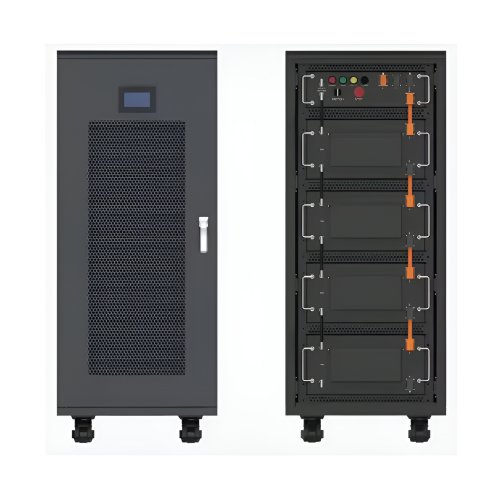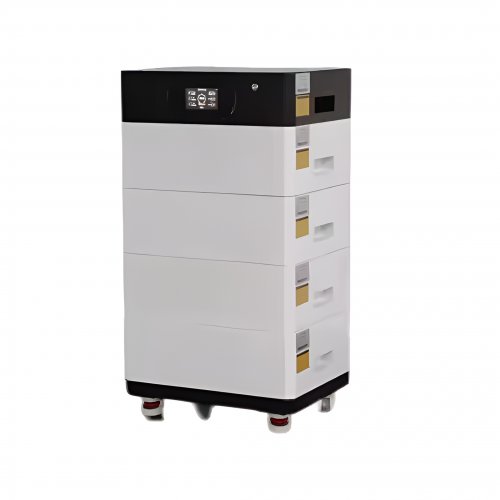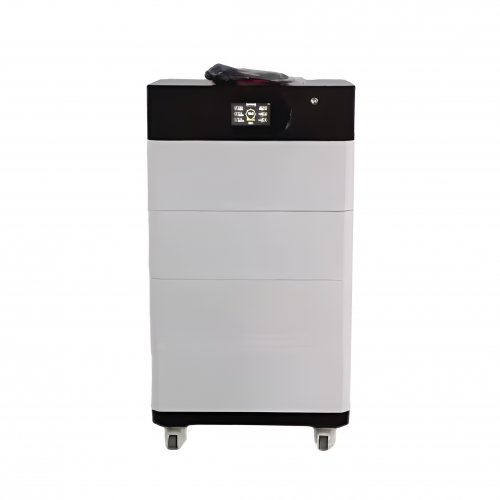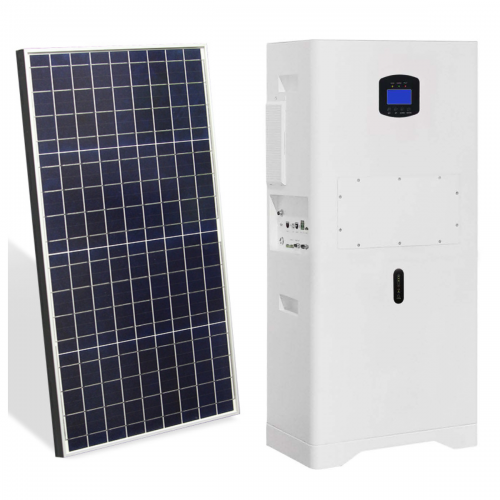Advances In Multi-electron Reactions: Unlocking High-capacity Energy Storage And Sustainable Catalysis
Multi-electron reactions (MERs), processes where more than one electron is transferred per reactant molecule, represent a cornerstone for advancing next-generation energy storage systems and efficient electrocatalytic conversions. Unlike single-electron transfers, which often limit energy and product yields, MERs can dramatically increase the capacity of batteries and the selectivity of electrochemical synthesis, making them critical for a sustainable energy future. Recent years have witnessed significant breakthroughs in understanding the fundamental mechanisms, designing novel materials, and deploying these reactions in practical devices.
Fundamental Mechanisms and Theoretical Insights
The primary challenge with MERs has historically been their complex reaction pathways, which often involve multi-step intermediates and high energy barriers. For instance, in lithium-sulfur (Li-S) batteries, the conversion between sulfur (S₈) and lithium sulfide (Li₂S) involves a complex 16-electron transfer process plagued by parasitic shuttling of lithium polysulfide intermediates. Recent research has focused on elucidating and controlling these pathways through advancedin situandoperandocharacterization techniques. Cryo-electron microscopy (cryo-EM) has been employed to capture metastable polysulfide species on electrode surfaces, providing unprecedented atomic-level insights into the reaction mechanism. Furthermore, sophisticated computational models, including density functional theory (DFT) and machine learning algorithms, are now being used to predict the stability of intermediates and the catalytic activity of host materials, guiding the rational design of systems that can stabilize these fleeting species and steer the reaction toward completion .
Material Innovations for Efficient Multi-Electron Transfer
A key enabler for practical MERs has been the development of advanced functional materials tailored to manage multi-electron processes.
In the realm of energy storage, the promise of multi-electron cathode materials is being realized. While traditional Li-ion cathodes like LiCoO₂ rely on single-electron transfers, compounds like lithium-rich layered oxides (Li₁.₂Mn₀.₅₄Ni₀.₁₃Co₀.₁₃O₂) exhibit anion-redox (Oⁿ⁻) activity, enabling excess capacity beyond the theoretical limit of cation redox alone. However, this process often leads to oxygen loss and voltage decay. A recent breakthrough involves the design of ‘overtime’ doping strategies with elements like Ru, which modifies the electronic structure to stabilize the lattice oxygen and facilitate reversible anion redox, thereby enhancing the cyclability of these high-capacity cathodes .
For metal-sulfur and metal-air batteries, the focus has been on designing catalytic hosts. Single-atom catalysts (SACs), where isolated metal atoms are anchored on a conductive substrate (e.g., N-doped graphene), have emerged as a game-changing platform. Their high atomic utilization and tunable coordination environments allow for precise manipulation of the reaction free energy landscape. For example, SACs with Fe-N₄ sites have been shown to significantly reduce the energy barrier for the conversion of Li₂S₄ to Li₂S₂/Li₂S, effectively suppressing the polysulfide shuttle effect and unlocking the full capacity of Li-S batteries .
In electrocatalysis, MERs are central to reactions such as the nitrogen reduction reaction (NRR) to ammonia (NH₃) and the carbon dioxide reduction reaction (CO₂RR) to valuable multi-carbon products (e.g., ethylene, ethanol). The challenge lies in achieving high Faradaic efficiency by outcompeting the kinetically facile hydrogen evolution reaction (HER). Pioneering work has demonstrated that bimetallic catalysts, such as Cu-Ag alloys or oxide-derived Cu catalysts, create unique interfacial sites that lower the activation energy for C-C coupling, steering the CO₂RR pathway toward desirable multi-carbon products through a 12-electron or 18-electron process . Similarly, for NRR, defective boron nitride nanosheets have been shown to activate and polarize the N₂ molecule, facilitating a associative or dissociative pathway that can lead to a six-electron transfer process with markedly improved NH₃ yield rates.
Technological Applications and Device Integration
These material advancements are rapidly transitioning from lab-scale experiments to prototype devices. In energy storage, the integration of SACs into Li-S batteries has resulted in prototypes with energy densities exceeding 500 Wh kg⁻¹ and significantly extended cycle life. For electrocatalysis, the scale-up of gas diffusion electrodes (GDEs) incorporating these novel MER catalysts has enabled CO₂ electrolyzers to operate at industrially relevant current densities (>200 mA cm⁻²) for hundreds of hours, a critical step toward carbon utilization technology.
Future Perspectives and Challenges
Despite the remarkable progress, several challenges remain on the path to the widespread commercialization of MER-based technologies.
1. Dynamic Characterization: There is a pressing need for even more advanced real-time,in situanalytical tools to map the entire reaction coordinate of MERs, capturing the dynamics of intermediate formation and decomposition at ultrafast timescales. 2. Material Durability: The extreme conditions during multi-electron transfers, such as large volume changes in battery electrodes or the presence of reactive radicals in electrolysis, cause material degradation. Developing more robust and self-healing materials is a crucial frontier. 3. System-Level Engineering: Optimizing the entire device architecture—from ion transport membranes to electrolyte composition—is essential to fully harness the benefits of MERs at a practical scale. This requires close collaboration between material scientists and engineers. 4. Beyond Lithium: Exploring multi-electron chemistry in beyond-Li systems, such as sodium-sulfur, magnesium-sulfur, and aluminum-air batteries, offers a pathway to even higher energy densities and the use of more abundant elements.
In conclusion, the field of multi-electron reactions is experiencing a renaissance, driven by deeper fundamental understanding and innovative material design. By continuing to unravel the complexities of these processes and engineer tailored environments to control them, we are moving closer to realizing high-performance, high-capacity energy storage and efficient electrochemical conversion systems that are vital for a sustainable global energy landscape.
References:
1. B. Liu et al., "Capturing the swelling of solid-electrolyte interphase in lithium metal batteries,"Science, vol. 375, no. 6582, pp. 66-70, 2022. 2. J. Lee et al., "Reversible Anionic Redox Chemistry in High-Capacity Layered-Oxide Electrodes,"Nature Materials, vol. 22, pp. 115–123, 2023. 3. Z. Zhang et al., "Single-Atom Catalysts for Electrocatalytic Nitrogen Reduction: Fundamentals and Recent Advances,"Advanced Materials, vol. 35, no. 20, p. 2208572, 2023. 4. Y. Wang et al., "Designing Copper-Based Catalysts for Efficient Electrochemical CO2 Reduction to Multi-Carbon Products,"Nature Catalysis, vol. 5, pp. 338–348, 2022. 5. A. Chen et al., "Stabilizing Lithium-Sulfur Batteries Using Single-Atom Catalysts via Polysulfide Mediation,"Joule, vol. 6, no. 10, pp. 2348-2365, 2022.
Customized/OEM/ODM Service
HomSolar Supports Lifepo4 battery pack customization/OEM/ODM service, welcome to contact us and tell us your needs.


HomSolar: Your One-stop LiFePO4 Battery Pack & ESS Solution Manufacturer
Our line of LiFePO4 (LFP) batteries offer a solution to demanding applications that require a lighter weight, longer life, and higher capacity battery. Features include advanced battery management systems (BMS), Bluetooth® communication and active intelligent monitoring.

Customised Lithium Iron Phosphate Battery Casing
ABS plastic housing, aluminium housing, stainless steel housing and iron housing are available, and can also be designed and customised according to your needs.

HomSolar Smart BMS
Intelligent Battery Management System for HomSolar Energy Storage System. Bluetooth, temperature sensor, LCD display, CAN interface, UART interface also available.


Terminals & Plugs Can Be Customized
A wide range of terminals and plugs can be customised to suit the application needs of your battery products.

Well-designed Solutions for Energy Storage Systems
We will design the perfect energy storage system solution according to your needs, so that you can easily solve the specific industry applications of battery products.



About Our Battery Cells
Our energy storage system products use brand new grade A LiFePO4 cells with a battery lifespan of more than 4,000 charge/discharge cycles.



Applications in Different Industries
We supply customized & OEM battery pack, assemble cells with wiring, fuse and plastic cover, all the cell wires connected to PCB plug or built BMS.
Applications: E-bike, Electric Scooter, Golf Carts, RV, Electric Wheelchair, Electric Tools, Robot Cleaner, Robot Sweeper, Solar Energy Storage System, Emergency Light, Solar Power Light, Medical Equipment, UPS Backup Power Supply.
We can provide you with customized services. We have the ability to provide a vertical supply chain, from single cells to pack/module and to a complete power solution with BMS, etc.


HomSolar (Shenzhen) Technology Co., Ltd
























